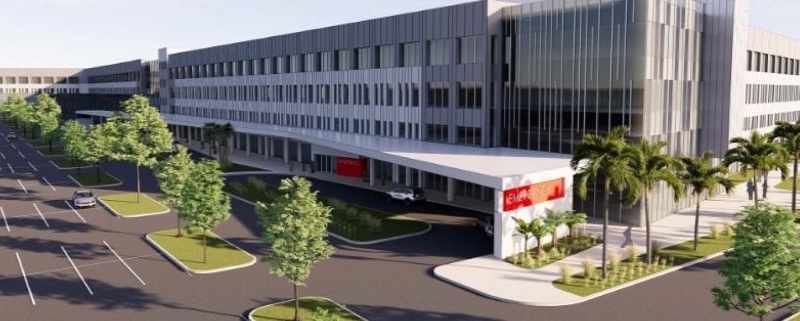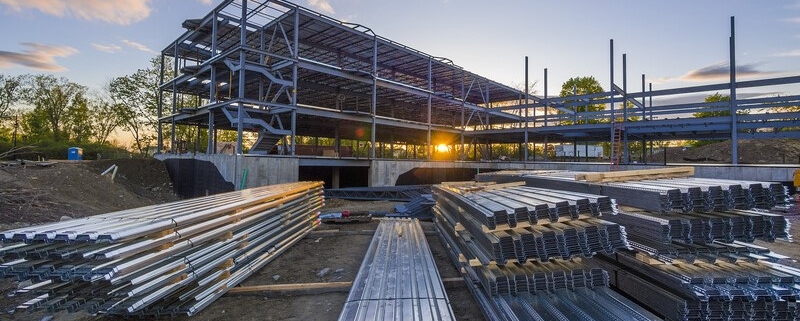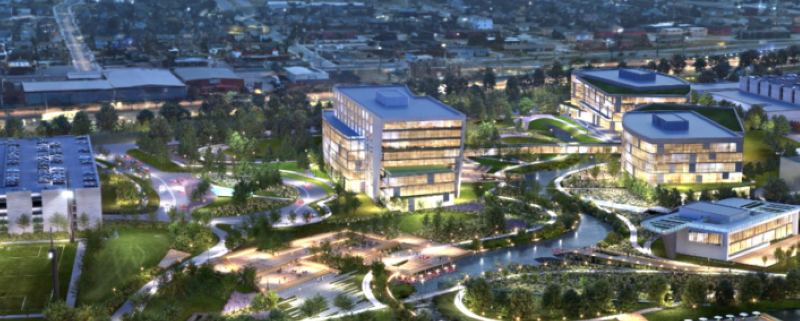Panama City Beach Set To Open New 80,000-Square-Foot Medical Office
The office building will be home to TMH Physician Partners-Primary Care, an urgent care center, an ambulatory surgery center and cardiology services. The Bay County Economic Alliance expects the medical office to be complete in the next few months. Meanwhile, the city plans to have its first in-patient hospital built in the next three years.




